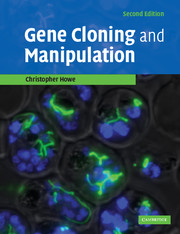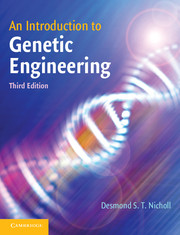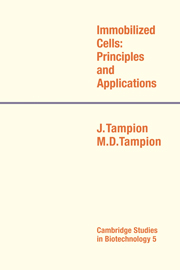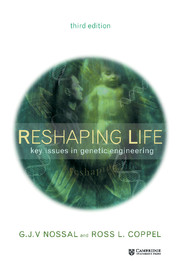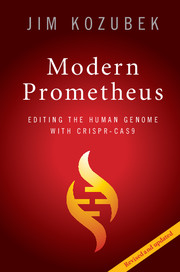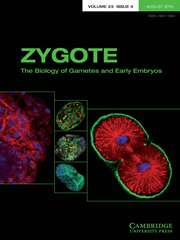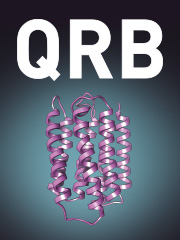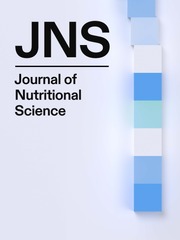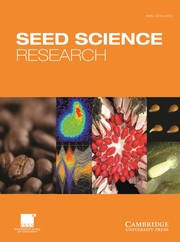Gene Cloning and Manipulation
Updated to reflect advances in the field, this introduction provides a broad, but concise, coverage of recombinant DNA techniques. Written for advanced undergraduates, graduates and scientists who want to use this technology, emphasis is placed on the concepts underlying particular types of cloning vectors to aid understanding and to enable readers to devise suitable strategies for novel experimental situations. An introduction to the basic biochemical principles is presented first. Then PCR and cloning using E. coli hosts and plasmid, phage and hybrid vectors are described, followed by the generation and screening of libraries and how to modify, inactivate or express cloned sequences. Finally genetic manipulation in a range of other organisms is discussed, including other bacteria, fungi, algae and plants, insects and mammals. A series of 'real-life' biological problems are also presented to enable readers to assess their understanding of the material and to prepare for exams.
- Covers a broad range of host organisms, from E. coli to mammals
- Focuses on the underlying principles thereby equipping the reader to devise appropriate strategies for novel situations and for use in their own research
- Contains example scenarios, which allow the reader to test their understanding of the material and apply it to 'real-life' research situations
Product details
July 2007Paperback
9780521521055
278 pages
246 × 190 × 17 mm
0.608kg
131 b/w illus. 9 tables
Available
Table of Contents
- Preface
- 1. The tools for the job
- 2. Polymerase chain reaction
- 3. Simple cloning
- 4. Other vector systems for E. Coli
- 5. Making libraries
- 6. Screening libraries
- 7. Modification and mutagenesis
- 8. Use of cloned DNA
- 9. Using other organisms
- 10. Examples.

